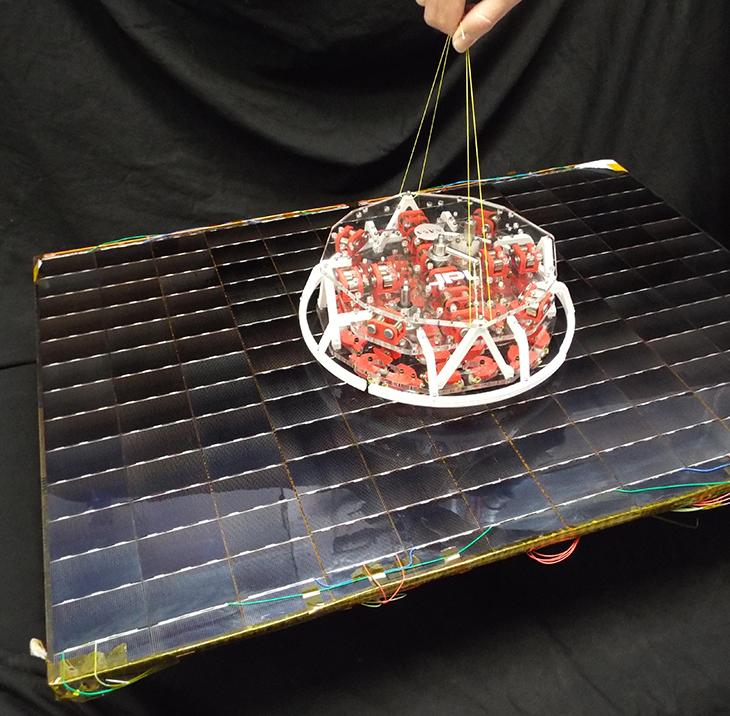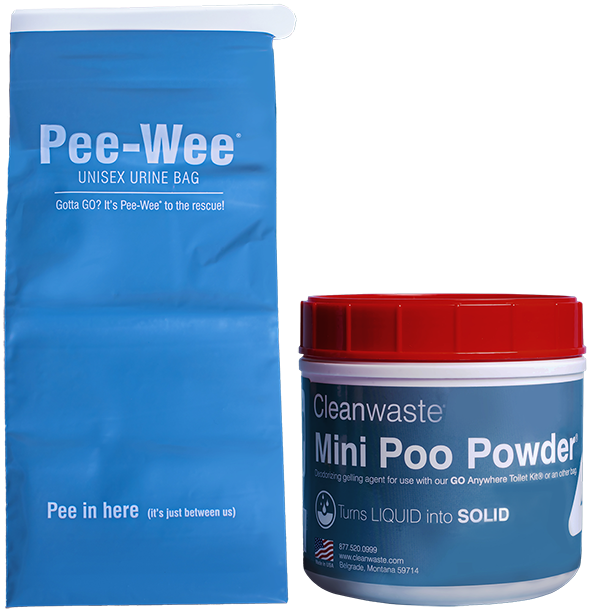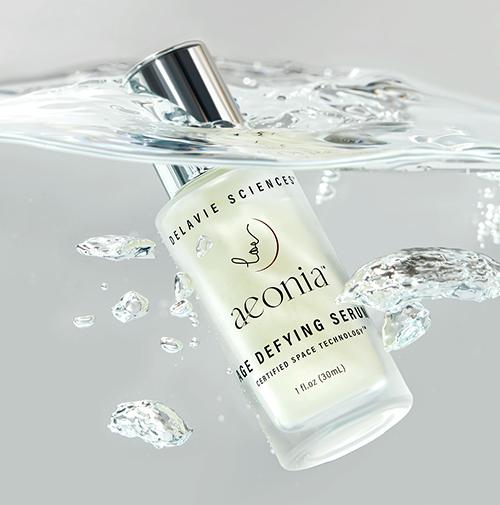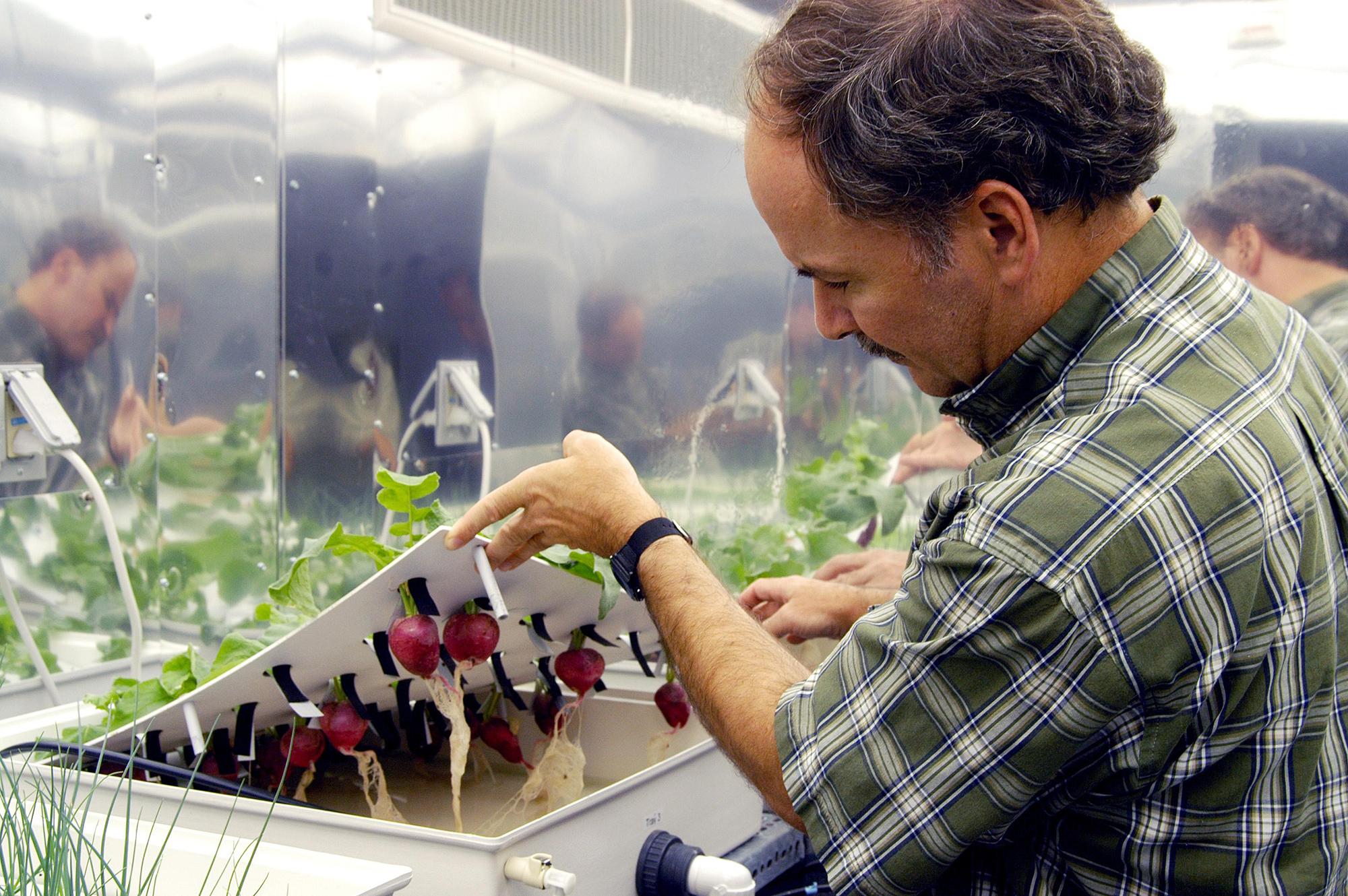
Toxin-Eating Plants
Subheadline
NASA research makes choosing houseplants to remove indoor air pollution easy
Making buildings more energy-efficient usually involves making windows and doors airtight. While this keeps out excess cold and heat, the downside is reduced ventilation — and that traps indoor contaminants. Air circulation and fresh air help remove airborne toxins, but so do certain plants. To help identify the right plants for a given indoor environment, Plant Drop Ltd. developed a Pollution Absorption System that describes the contaminant-absorbing efficacy of various houseplants.
Using NASA-funded research into how different plants might be used to remove contaminants in spacecraft, the London-based plant and pot retailer chose to make the system open-source, sharing the information with everyone via its website. Plant sellers anywhere in the world can download the system to help their customers choose a new way to remove some of the most prevalent indoor toxins.
“NASA published a really interesting bit of data that we thought could make a difference,” said James Crosby, creative director with McCann London, the firm Plant Drop partnered with to create the plant rating system.
W.C. Wolverton, former head of the Environmental Research Lab at NASA’s Stennis Space Center in Bay St. Louis, Mississippi, made numerous discoveries about the ways plants clean air. This work was one approach to ensuring breathable air for astronauts living aboard spacecraft for weeks and months at a time. Finding natural ways to remove toxins from the air also proved to be beneficial for life on Earth. Wolverton’s extensive published research supported the development of numerous plant-based air purification products (Spinoff 1989, 1992, 1993, 2007, 2019).
On Earth, many materials used in building construction emit chemicals into the air slowly over time, a process known as “off-gassing.” Benzene is in petroleum products found in synthetic fibers used to make carpeting and plastics. Formaldehyde is used in pressed-wood materials like plywood, but it’s also found in glues, insulation materials, and some hair products. The solvent trichloroethylene is also found in glues, varnishes, paint, and stain removers.
Chemicals found in everyday products we use also increase indoor pollution. Burning candles give off benzene, as do the materials in some new furniture. Xylene is in some pet flea treatments, in addition to paints and varnishes. Ammonia, a compound used in cleaning products because it breaks down grease, can also be found in some hair dyes and hair-straightening mixtures.
Starting with the plants used in the NASA studies, Plant Drop sought input from a botanist at Oxford University to expand the number of beneficial plant types. If a plant featured in the NASA study was effective, it seemed likely that a plant of a similar genus could have the same efficacy in cleaning the same toxins from the air. Many of them do. Studies commissioned by the company built on the agency’s research by exploring many more plants and the primary compounds they consume. This makes it possible to choose from a list of dozens of houseplants to remove the five most common indoor pollutants. Excessive exposure to each of them is linked to adverse health effects.
Anyone can go to the Pollution Absorption System website to learn about which toxins plants absorb. But there’s also a resource for retail outlets to incorporate this information into their existing sales initiatives.
Additionally, the Smart Plant quiz on Plant Drop’s website helps users identify the pollutants most likely to be found in a given home or workplace, offering a selection of the best plants to eliminate them. The compounds found in a space that’s newly constructed will be different from those that have undergone redecorating with new wallpaper, carpeting, and furniture, for example.
Crosby believes the colorful graphic and simple presentation of this information can help educate buyers about the impact plants can have. Instead of buying houseplants based on how they look or fill a space, customers can make a better selection with a label listing what toxins each plant removes from the air.
“If you’re a plant retailer in the States or anywhere in the world, you can download the system for yourself to put into your point-of-sale or online,” said Crosby. “You don’t have to be into botany or horticulture to have an appreciation for plants and for the good that plants can do for us.”
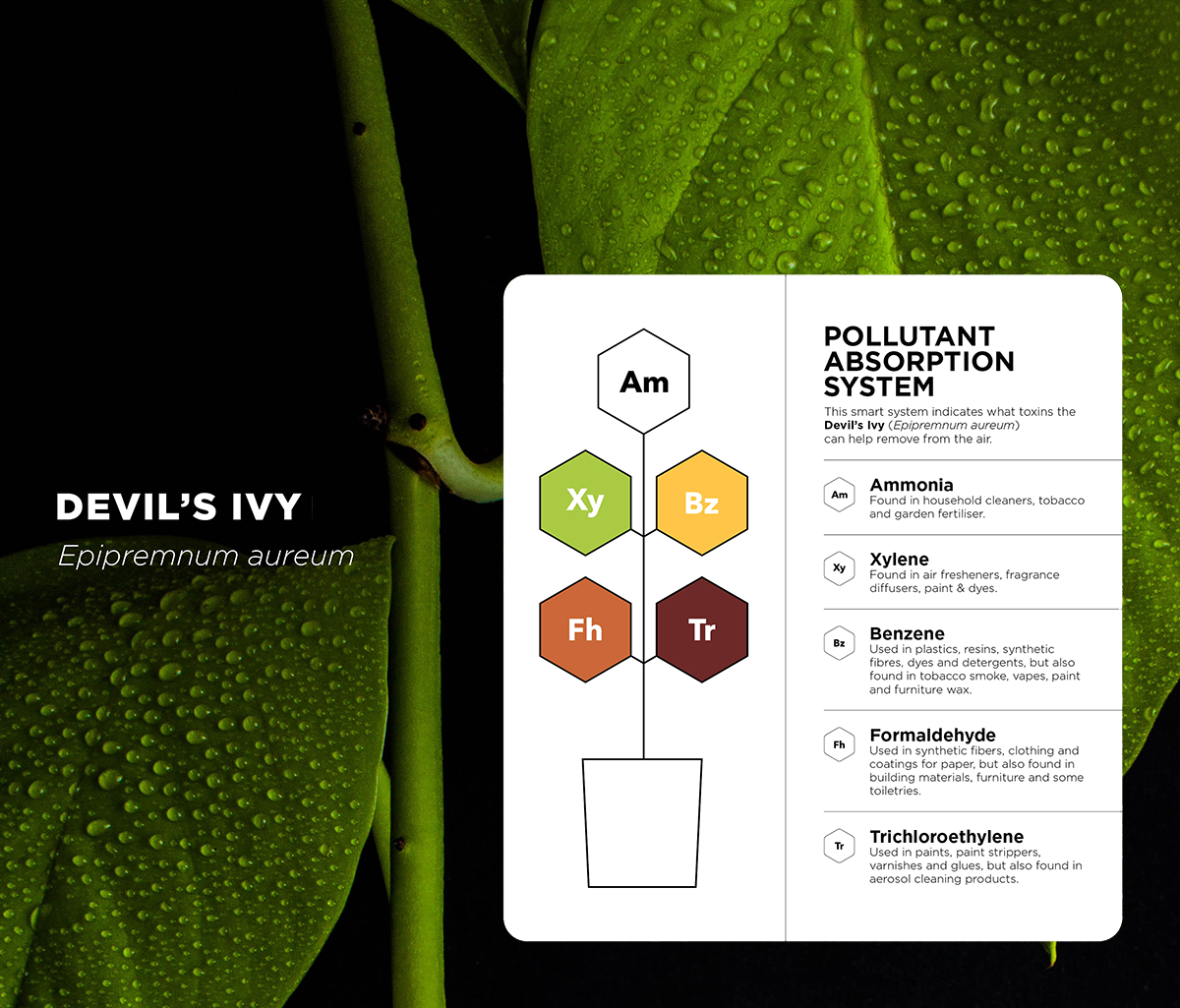
Plant research published by NASA helped Plant Drop create an open-source rating system to choose the right houseplants to improve indoor air quality. Credit: Plant Drop Ltd.
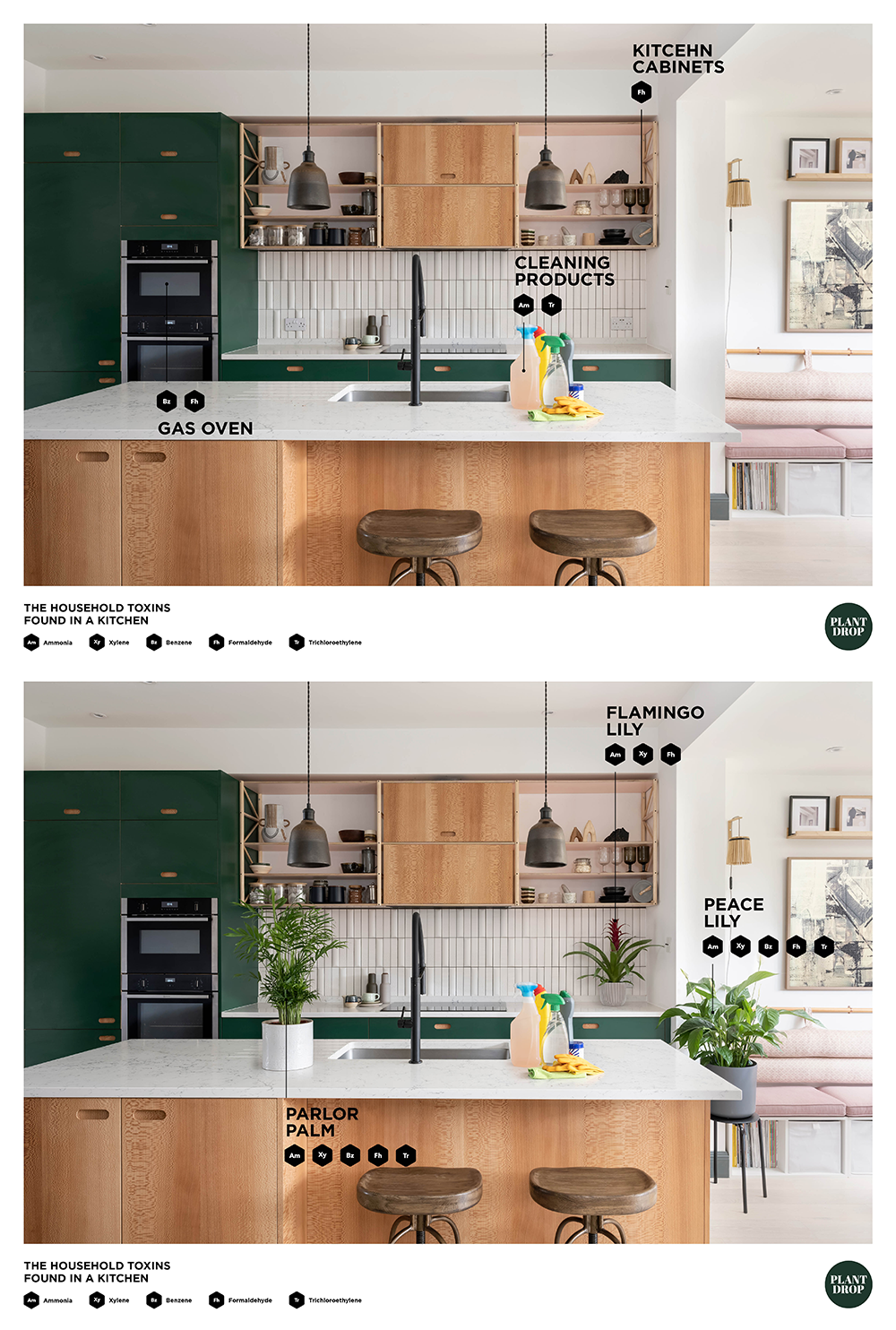
Cleaning solutions, furniture, and building materials emit chemicals, potentially making indoor air unhealthy to breathe. Choosing the plants to remove toxins that can be found in your home is easy, thanks to a plant-rating system that uses NASA data. Credit: Plant Drop Ltd.

Research performed on Earth helps NASA identify plants to grow in space. Some plants, like radishes, will eventually provide food for astronauts. Others, like those tested for their air purification properties, are now easy to identify using a rating system created by Plant Drop. Credit: NASA






